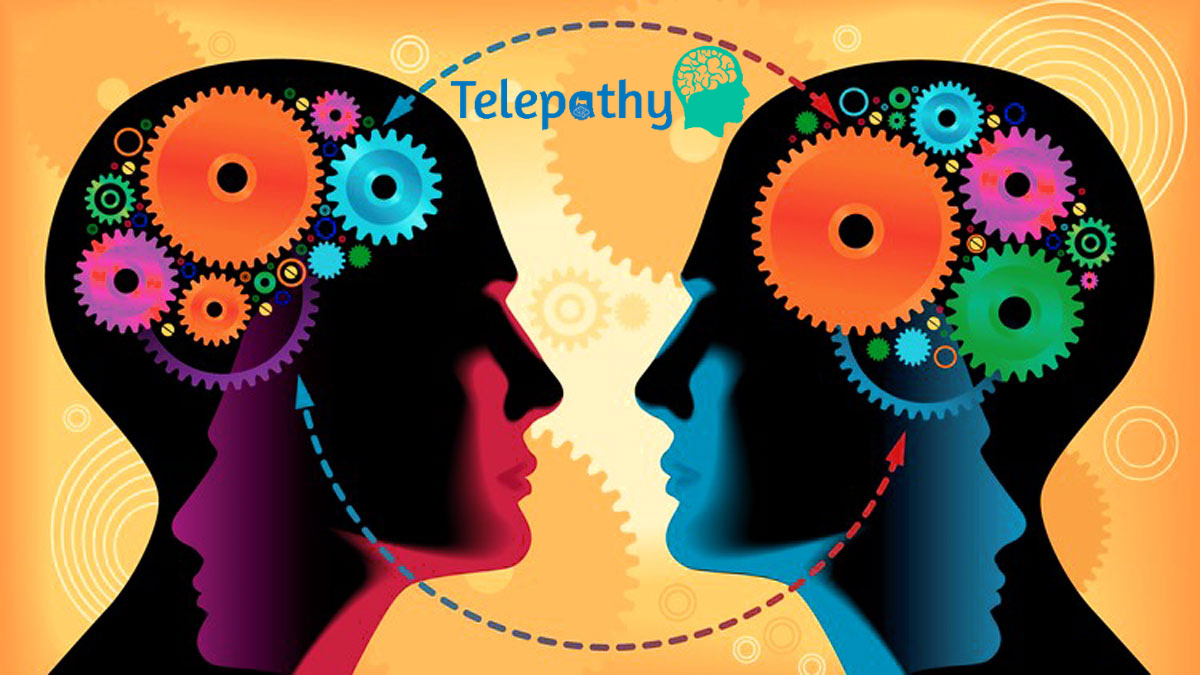What is Telepathy?

Telepathy is the hypothetical ability to transmit thoughts, feelings, or information directly from one person's mind to another's without relying on conventional forms of communication such as speech, writing, or physical gestures.
Types of Telepathy
- Emotional Telepathy: Transmitting or perceiving emotions directly between individuals.
- Mental Telepathy: Sharing thoughts, ideas, or concepts without verbal or physical expression.
- Sensory Telepathy: The ability to experience another person's sensory perceptions, such as seeing or hearing through their perspective.
Scientific Perspective
Despite its allure, telepathy has not been conclusively proven in controlled scientific environments. Researchers in neuroscience, psychology, and parapsychology have conducted various experiments to test telepathic claims, often using methods such as:
- Zener Cards: A set of cards with symbols used in early telepathy experiments.
- Ganzfeld Experiments: Designed to create a sensory-deprived state to enhance telepathic abilities.
While some experiments have reported statistically significant results, critics argue that these findings are often flawed due to methodological errors or biases.
Modern Advances and Potential Realizations
In recent years, advances in technology and neuroscience have opened new doors for exploring telepathy-like communication:
- Brain-Computer Interfaces (BCIs): Devices that allow direct communication between the brain and external devices. Researchers are exploring whether BCIs can facilitate mind-to-mind communication by interpreting neural signals.
- Neural Decoding: Using AI and machine learning to translate brain activity into thoughts, potentially enabling the transmission of ideas between individuals.
- Non-Invasive Brain Stimulation: Techniques like transcranial magnetic stimulation (TMS) could pave the way for new forms of communication.
These developments suggest that while traditional telepathy might not yet be feasible, technological innovations could create a form of artificial telepathy in the future.
Philosophical and Ethical Implications
Telepathy, whether natural or artificial, raises profound questions:
- Privacy: How do we protect individual thoughts in a telepathic world?
- Ethics: Could telepathy be used to manipulate or control others?
- Human Interaction: Would telepathy enhance or diminish the value of personal communication?
Addressing these challenges will be crucial if telepathy becomes a reality.
Cultural Impact
Telepathy has been a staple in literature, movies, and TV shows, often portrayed as a superpower. Works like X-Men, Star Trek, and Stranger Things depict telepathic abilities as tools for connection and conflict. These depictions reflect humanity’s fascination with breaking barriers in communication.
Conclusion
Telepathy remains an intriguing concept that blurs the lines between science, mysticism, and fiction. While traditional telepathy has yet to be proven, ongoing research and technological innovations hold the promise of making mind-to-mind communication a reality, albeit in a different form. Whether through natural abilities or artificial enhancements, telepathy continues to inspire questions about the limits of human connection and the future of communication.
